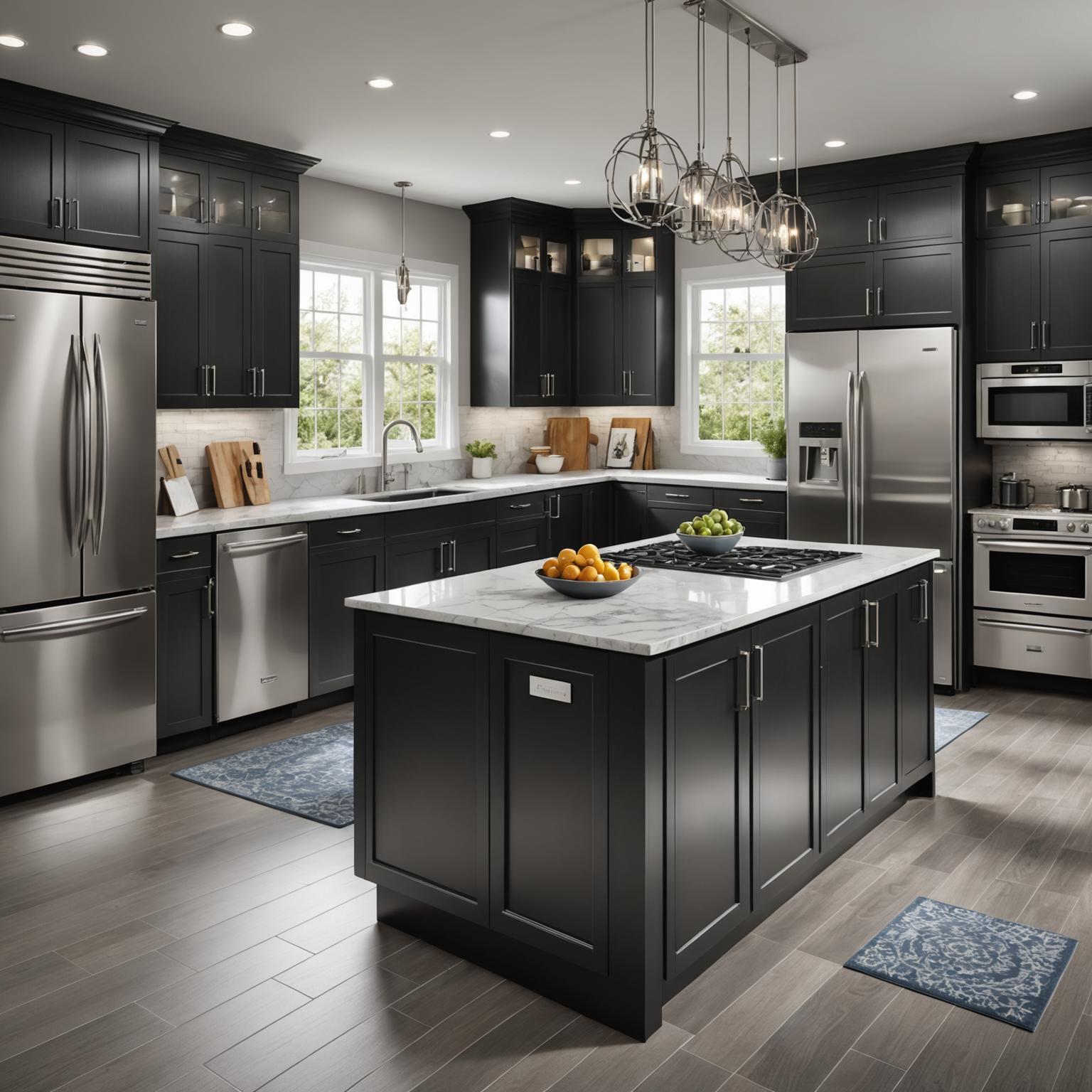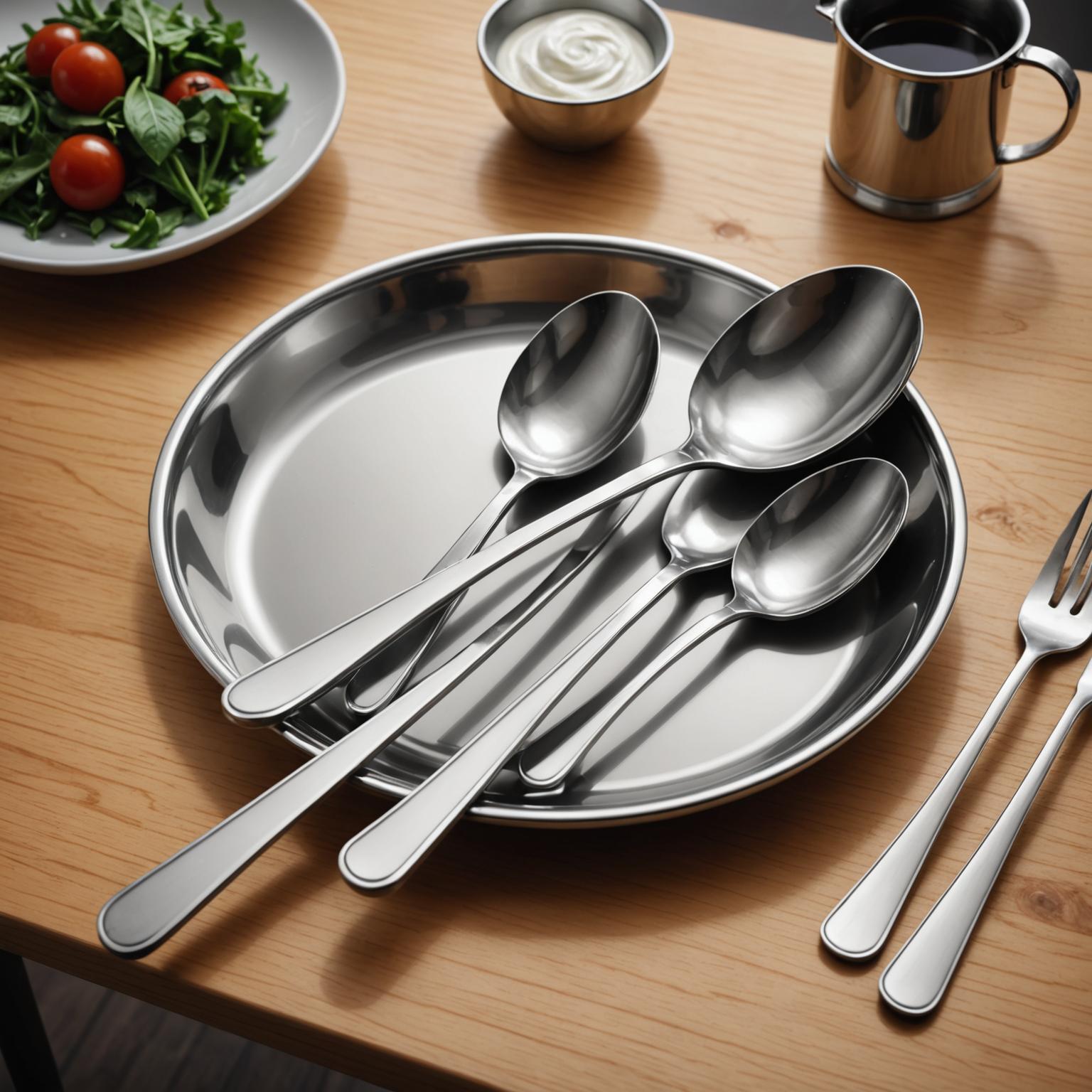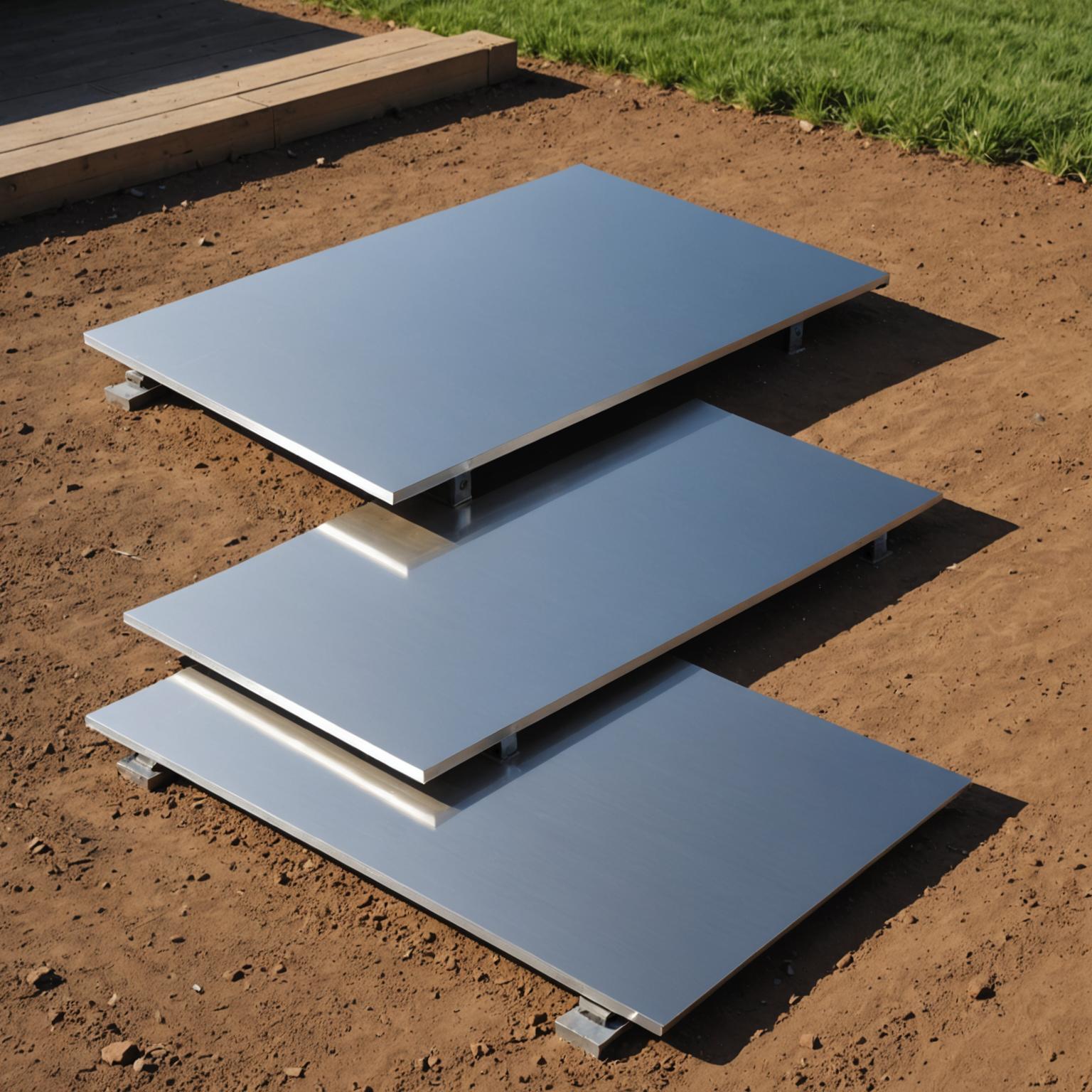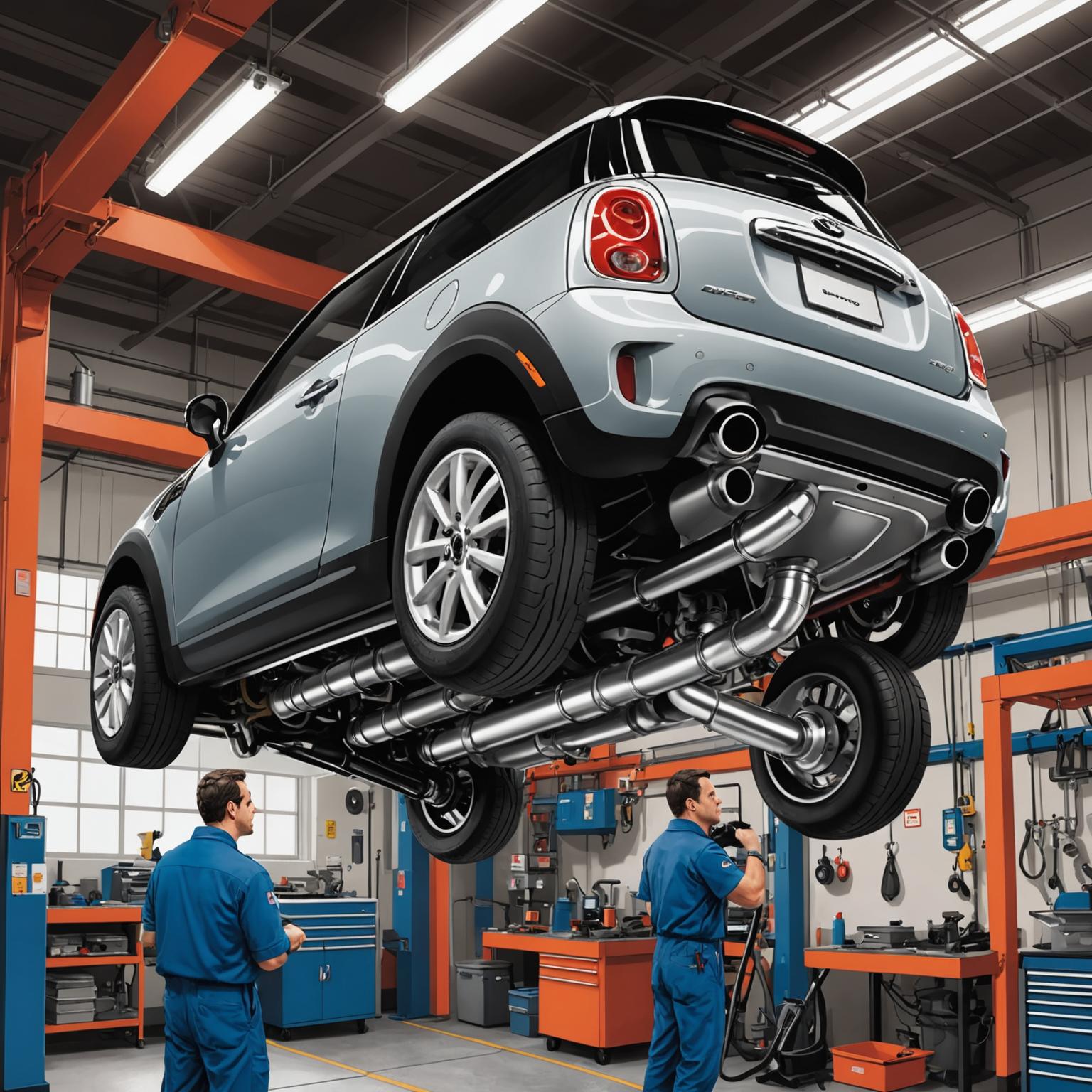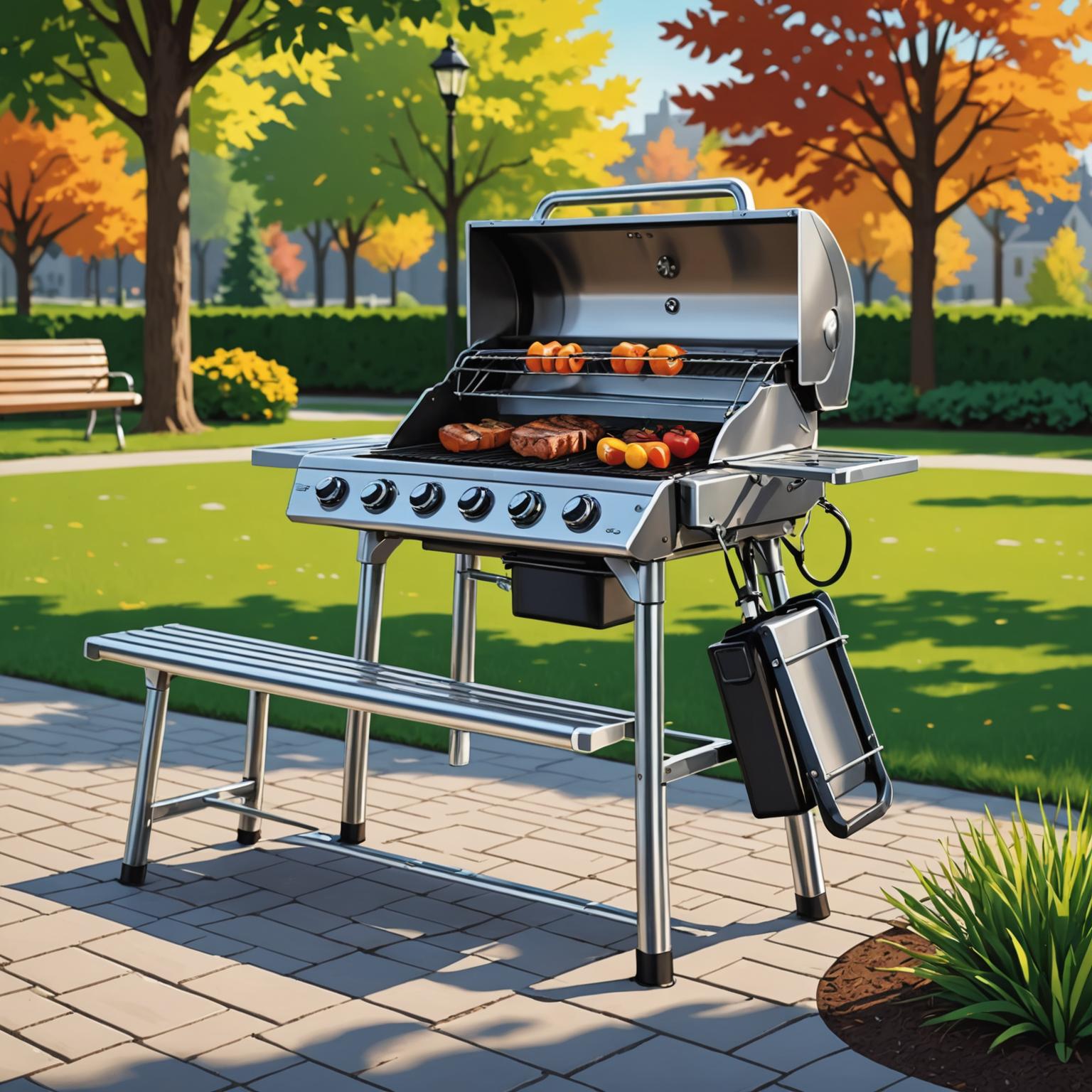What are the primary factors that determine the cost of stainless steel interior design?
Stainless steel has evolved from a purely functional material in commercial kitchens to a hallmark of sophisticated, modern interior design. As its popularity in luxury homes, high-end retail, and corporate spaces grows, many wonder about the investment required. The cost of stainless steel interior design is not a single, fixed number; it is a dynamic figure influenced by a confluence of factors. The most significant variables include the grade and finish of the steel, the complexity and scale of the project, the intricacy of fabrication, and the cost of specialized labor for installation. A simple feature wall using standard brushed panels will cost considerably less than a bespoke, modular space with curved walls, hidden compartments, and polished mirror-like surfaces. Therefore, understanding these components is the first step in budgeting for an interior that leverages the sleek, futuristic appeal of this versatile metal.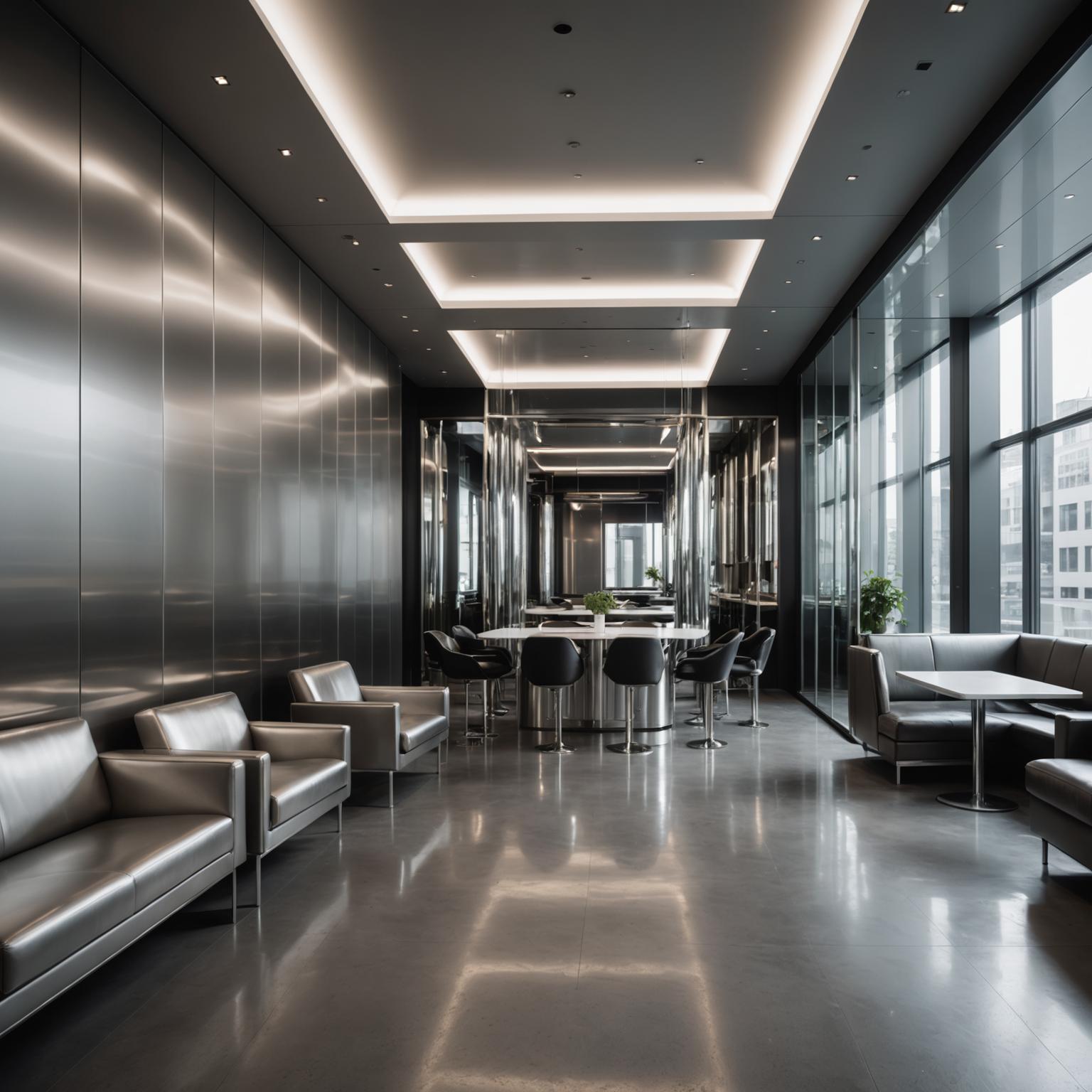
Why is stainless steel considered a premium material in luxury interior design?
Stainless steel's status as a premium material is rooted in its unique combination of aesthetic appeal and unparalleled performance. Its clean, reflective surface brings a sense of light and expansiveness to any room, creating an atmosphere that is both futuristic and timelessly elegant. The material’s inherent strength and durability mean that design elements like wall panels, balustrades, and custom furniture will withstand the test of time, resisting dents, scratches, and corrosion. This longevity ensures that the initial investment pays dividends over many years. Furthermore, stainless steel is incredibly versatile; it can be finished to a soft, brushed texture for a subtle effect or polished to a high-gloss mirror finish for dramatic impact. As seen in cutting-edge designs, it pairs beautifully with other premium materials like marble, concrete, and fine woods, allowing architects and designers to create layered, sophisticated environments. Its hygienic properties, being non-porous and easy to clean, also make it a superior choice for both residential and public spaces where cleanliness is paramount.
How do different types and finishes of stainless steel affect the price?
Not all stainless steel is created equal, and the specific type and finish chosen will have a direct impact on the overall project cost. The most common grades used in interior architecture are 304 and 316. Grade 304 is the industry standard, offering excellent corrosion resistance and durability for most indoor applications. Grade 316, which contains molybdenum, provides superior corrosion resistance and is typically specified for exterior applications, marine environments, or interior spaces with high exposure to moisture or chemicals, making it more expensive. Beyond the grade, the finish is a major cost driver. A standard brushed or satin finish is the most common and cost-effective option. However, for a more striking look, options like a mirror-polished finish, which requires extensive grinding and buffing, can significantly increase the price. Other specialty finishes, such as bead-blasted, embossed, or color-treated stainless steel, also come at a premium due to the additional processing required.
How does custom fabrication impact the overall cost?
Custom fabrication is where the artistry of stainless steel design truly comes to life, but it is also where costs can escalate significantly. Standard, flat sheets of stainless steel are relatively inexpensive, but most high-end designs require expert manipulation. The process of creating complex shapes, such as the brushed stainless steel curved walls or seamless modular systems described in avant-garde concepts, demands advanced machinery and highly skilled craftsmanship. Bending, precision cutting, welding, and finishing seams to be invisible are labor-intensive processes. A project featuring a monolithic, sculptural element like a curved staircase or a reception desk clad in seamless steel will require meticulous planning, templating, and on-site fitting, adding substantial labor costs compared to simply installing pre-fabricated panels. The more unique and complex the design, the higher the investment in the specialized expertise needed to execute it flawlessly.
What are the long-term benefits and maintenance costs associated with stainless steel interiors?
While the initial cost of stainless steel interior design can be higher than other materials, its long-term value proposition is exceptional. Its remarkable durability is a key benefit; it does not chip, warp, or crack like wood or laminates, and it is highly resistant to fire and impact. This resilience means that replacement and repair costs are virtually nonexistent over the lifespan of the interior. Maintenance is another area where stainless steel shines. It is non-porous, meaning it does not harbor bacteria or germs, and cleaning is incredibly simple, typically requiring only a soft cloth with mild soap and water or a specialized stainless steel cleaner to remove fingerprints. There is no need for periodic sealing, refinishing, or special treatments, which keeps ongoing maintenance costs and effort to a minimum. This combination of extreme longevity and low maintenance makes it a wise financial choice for any high-traffic environment.
Is stainless steel a sustainable choice for interior design?
In an era of increasing environmental awareness, material sustainability is a crucial consideration for designers and clients alike. Stainless steel is an excellent choice from an ecological perspective. It is one of the most recycled materials on the planet; in fact, most new stainless steel products contain a high percentage of recycled content, often 60% or more. This reduces the demand for raw materials and the energy consumed during production. Its long lifecycle also contributes to its sustainability profile. Because it does not need to be replaced for decades, it minimizes the waste sent to landfills. Unlike some treated materials, stainless steel does not release volatile organic compounds (VOCs) into the atmosphere, contributing to healthier indoor air quality. Choosing stainless steel is a commitment to a design that is not only beautiful and durable but also environmentally responsible.



